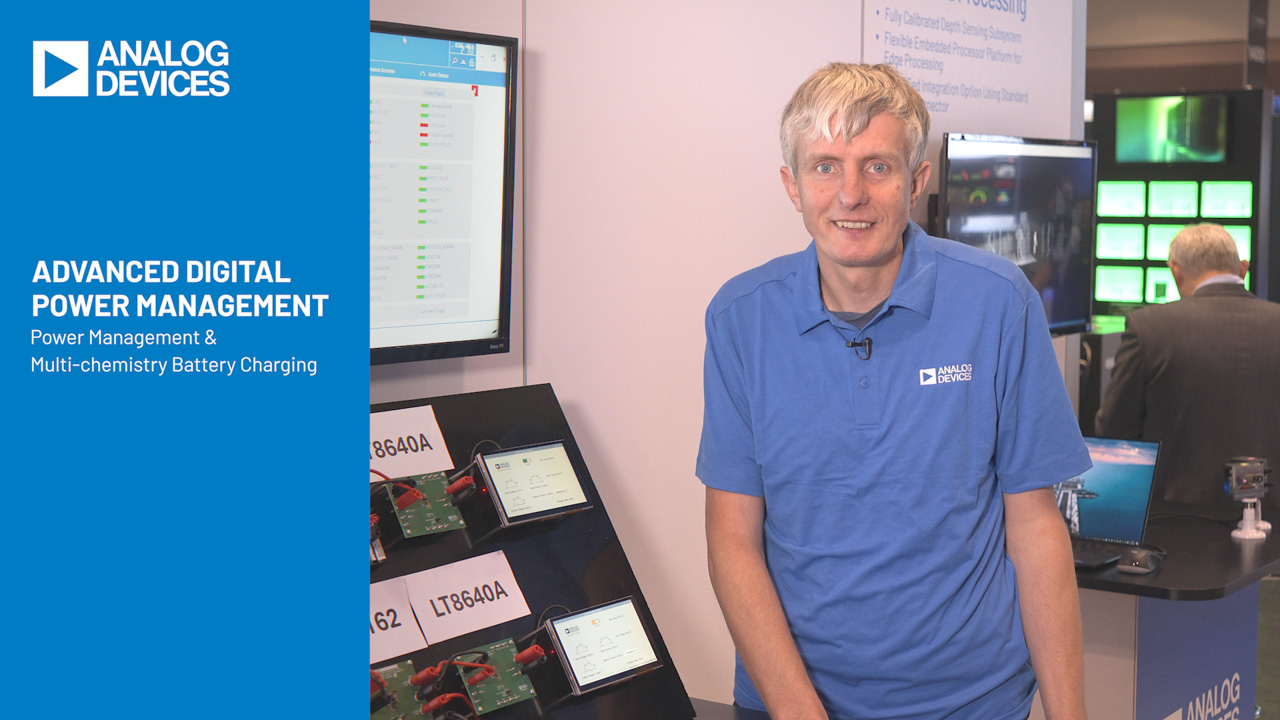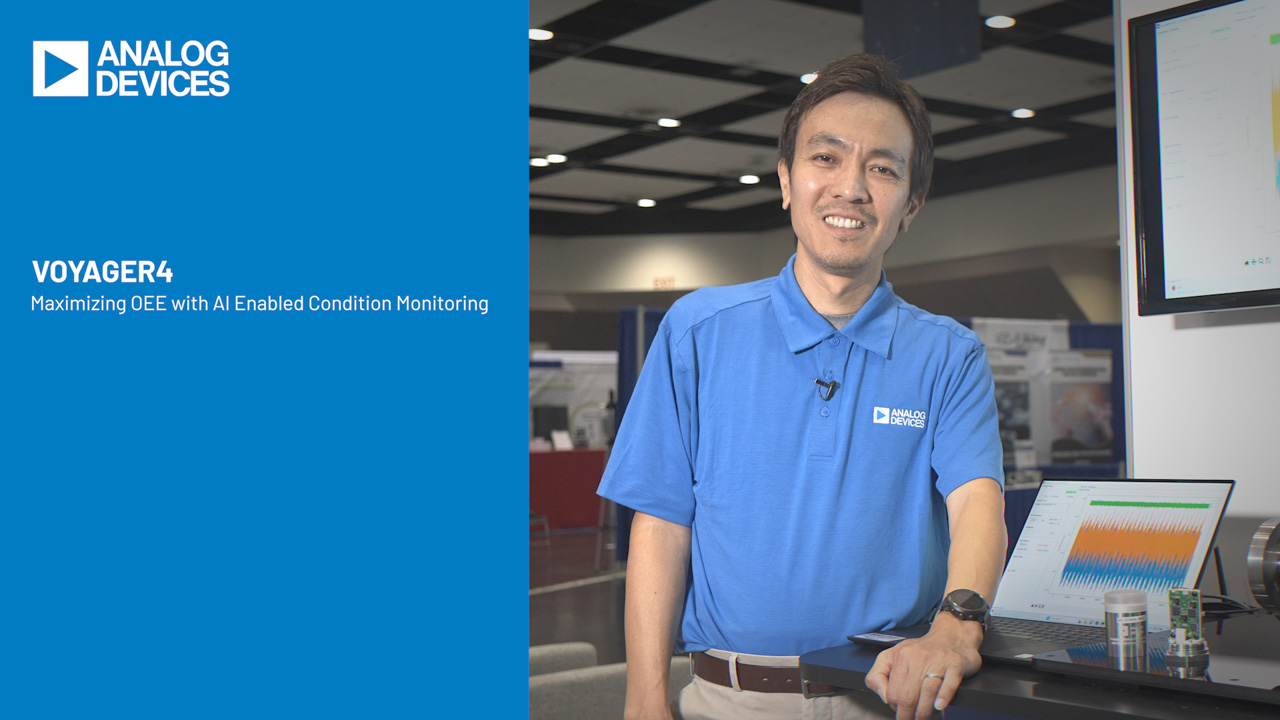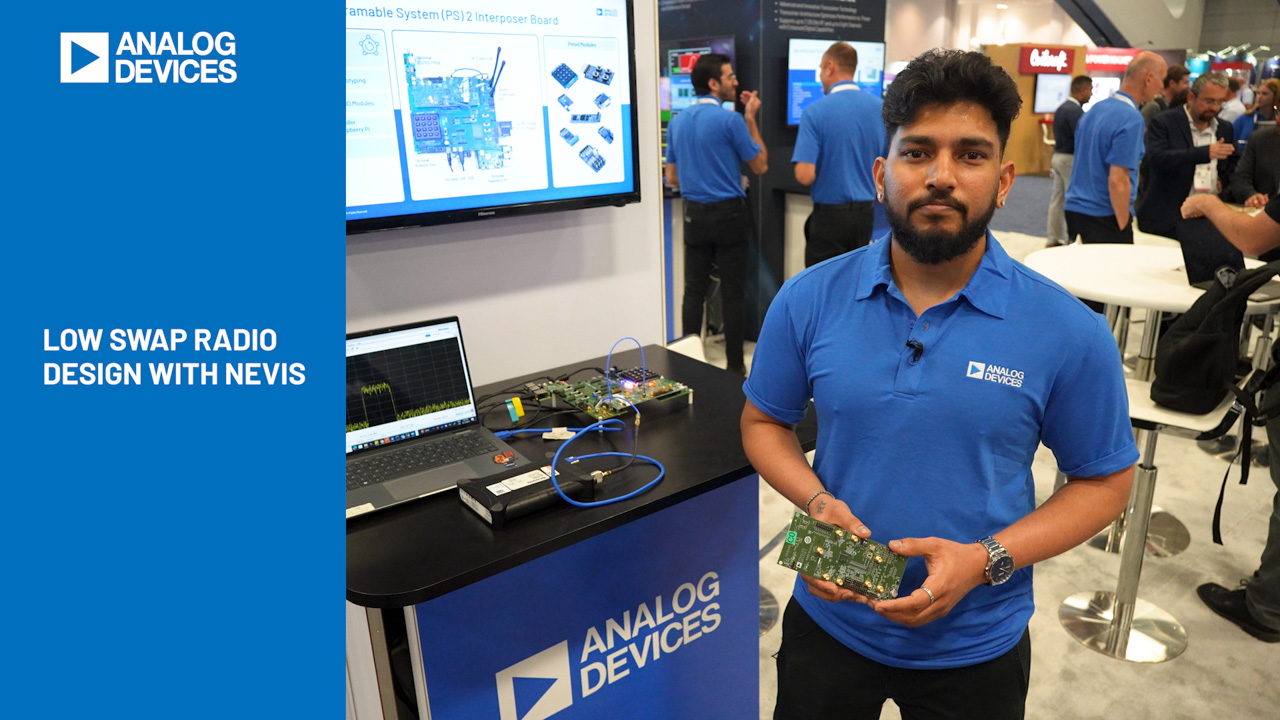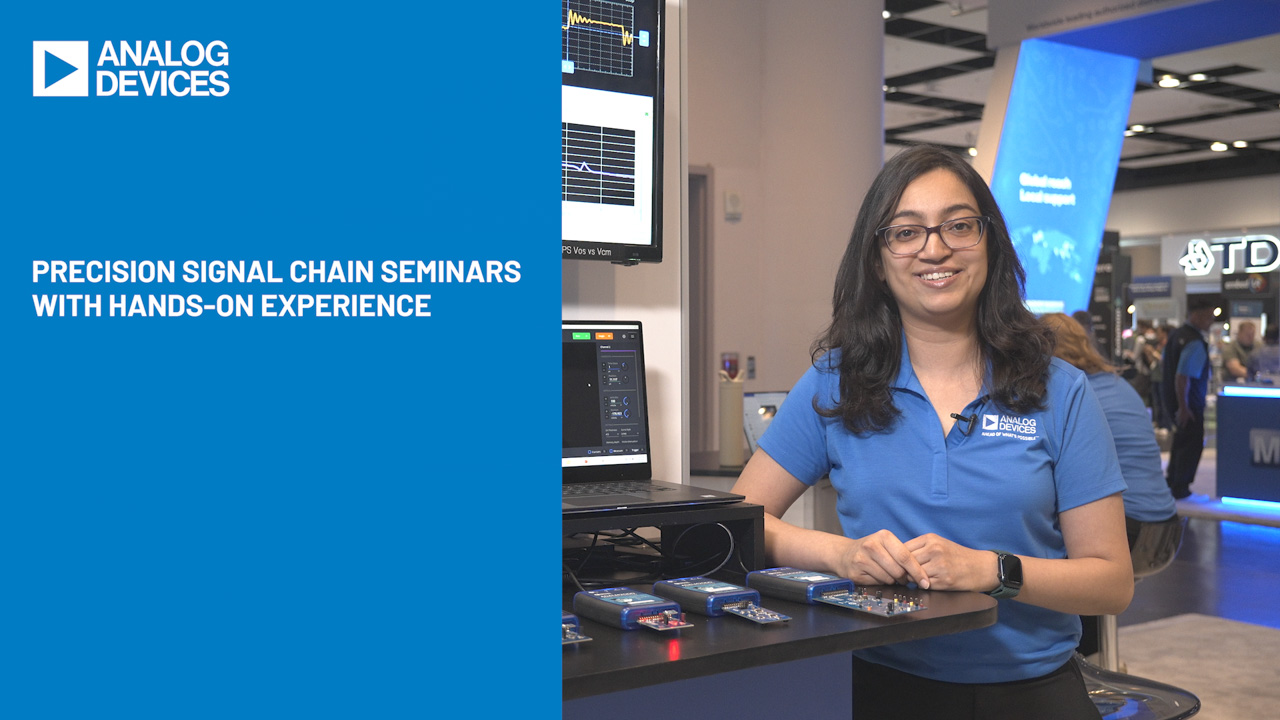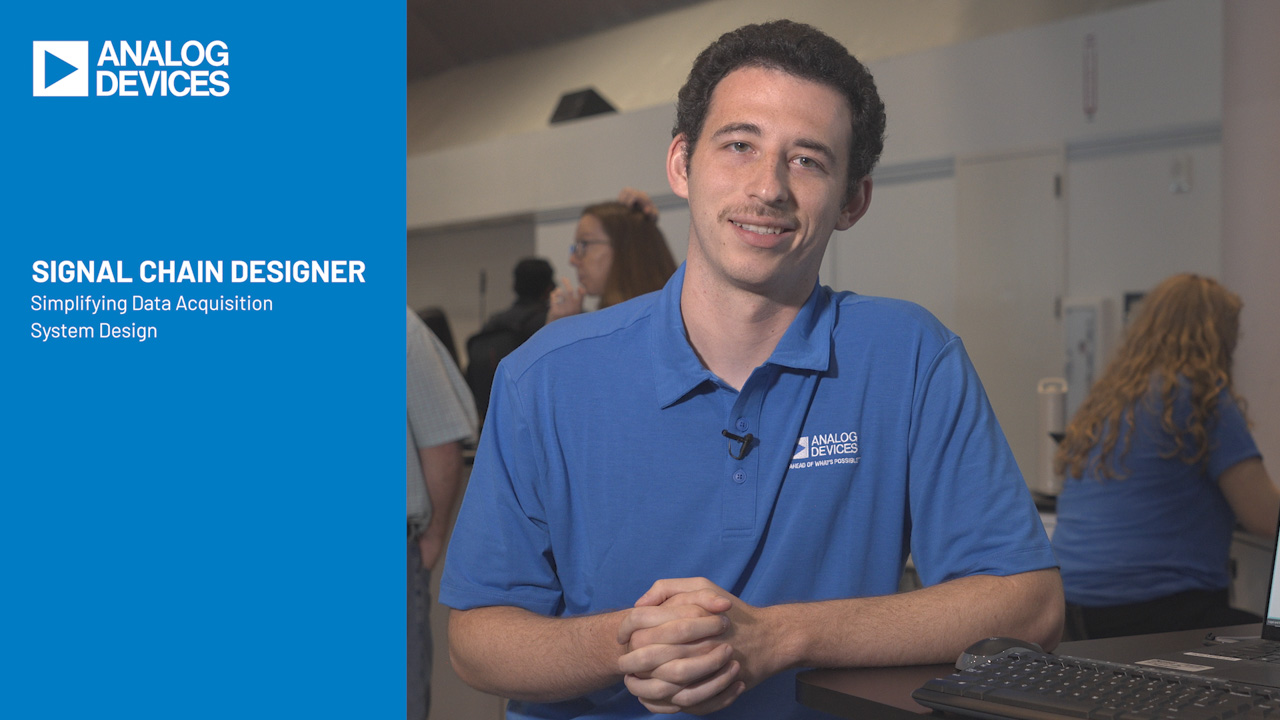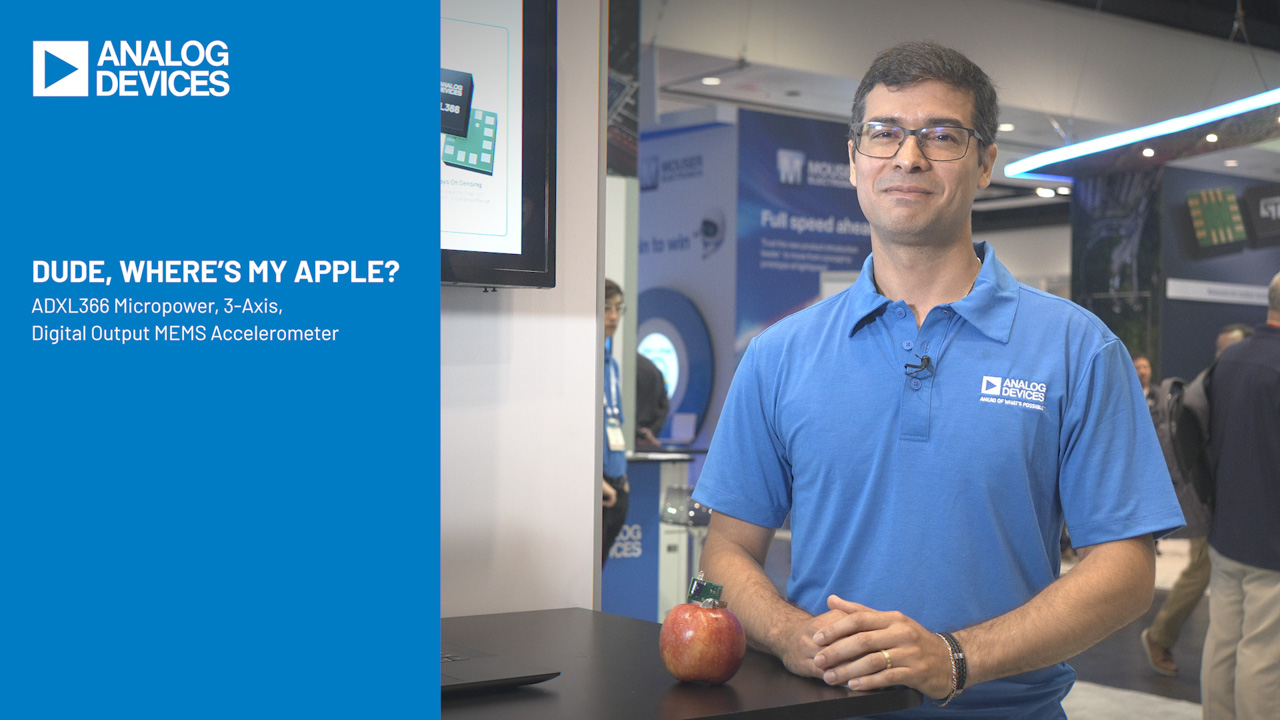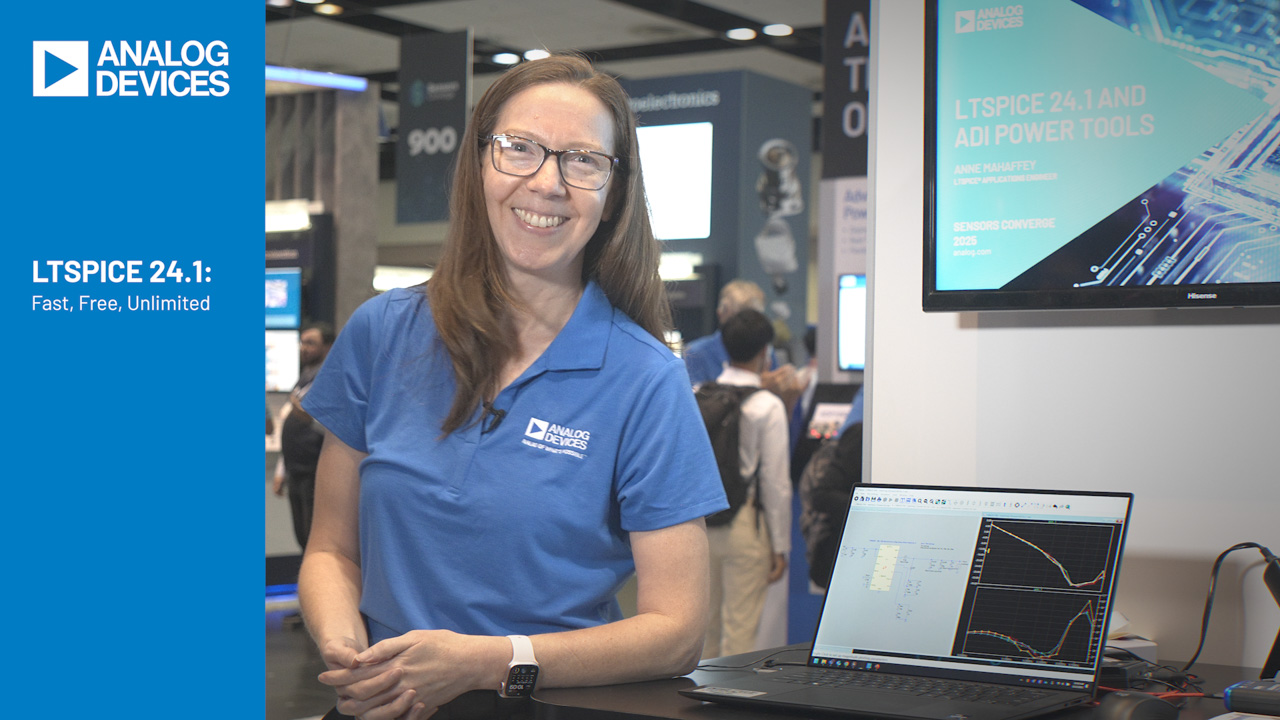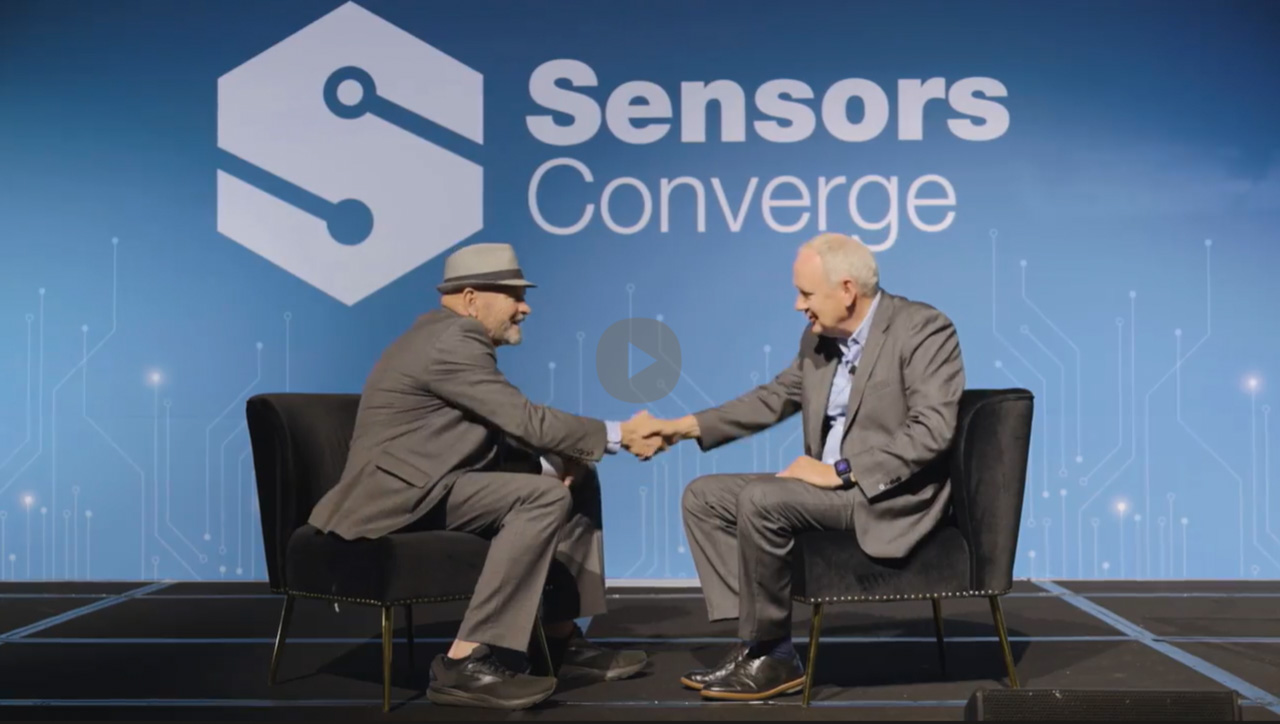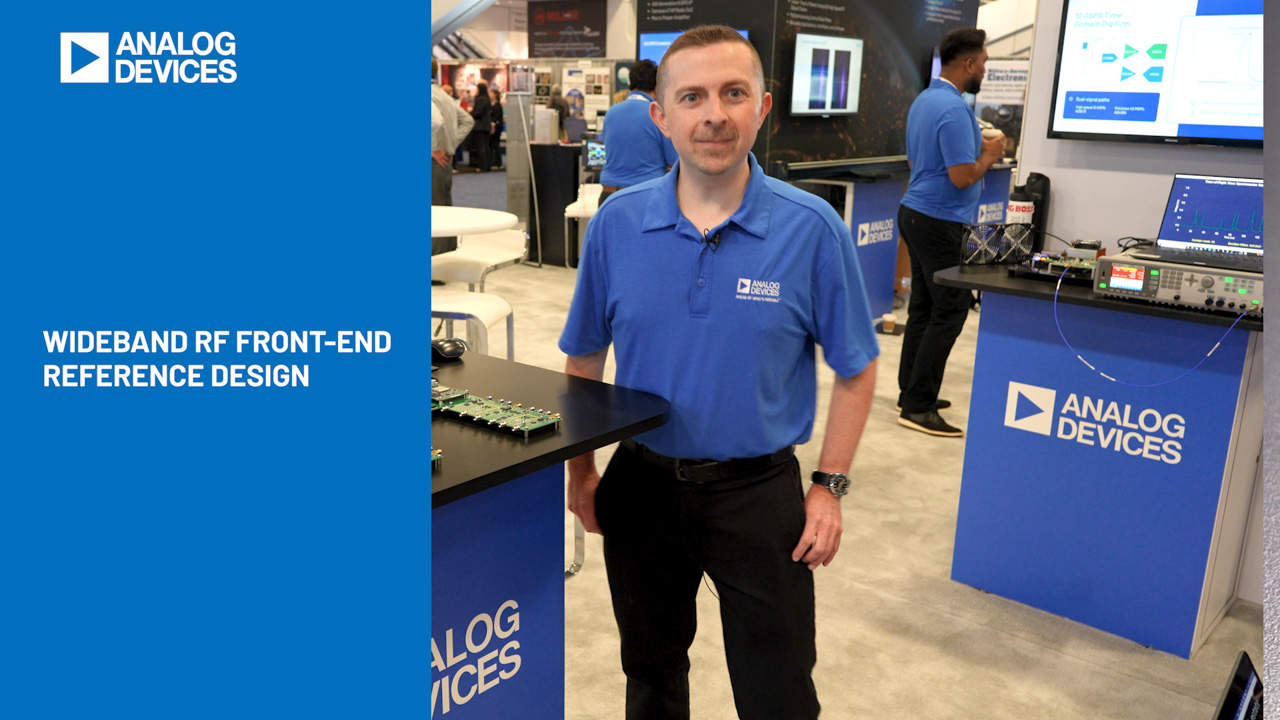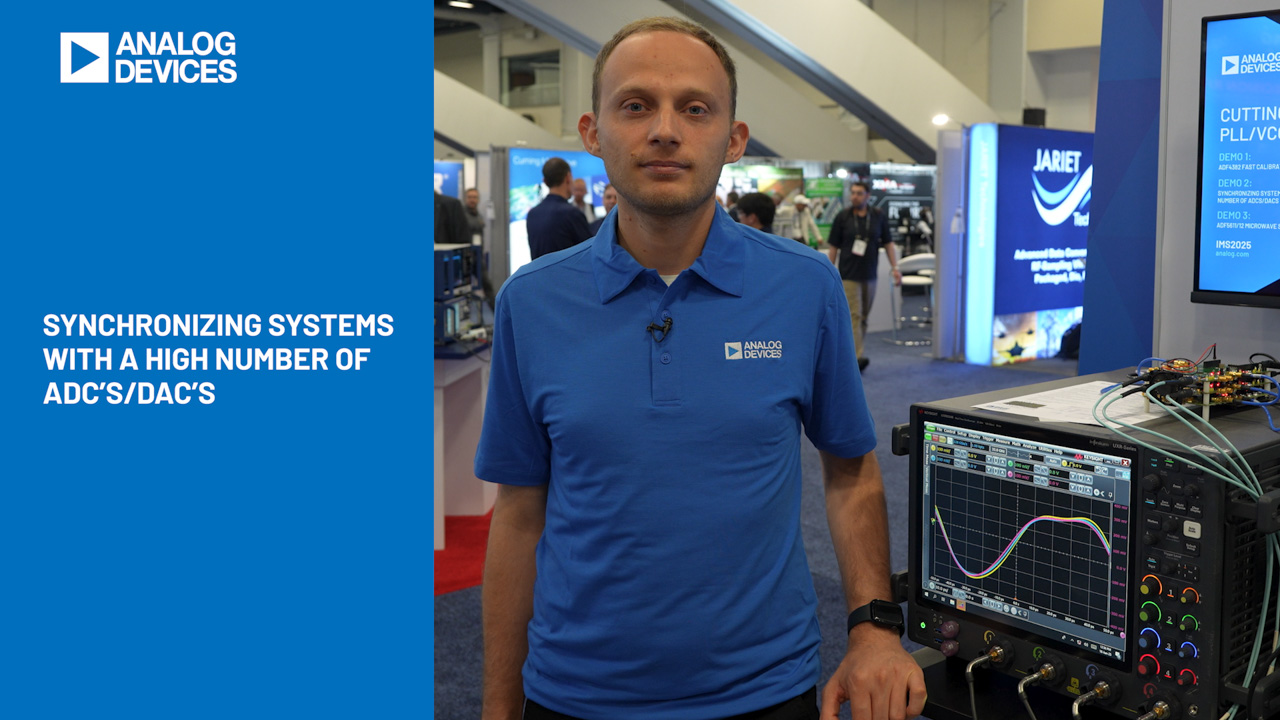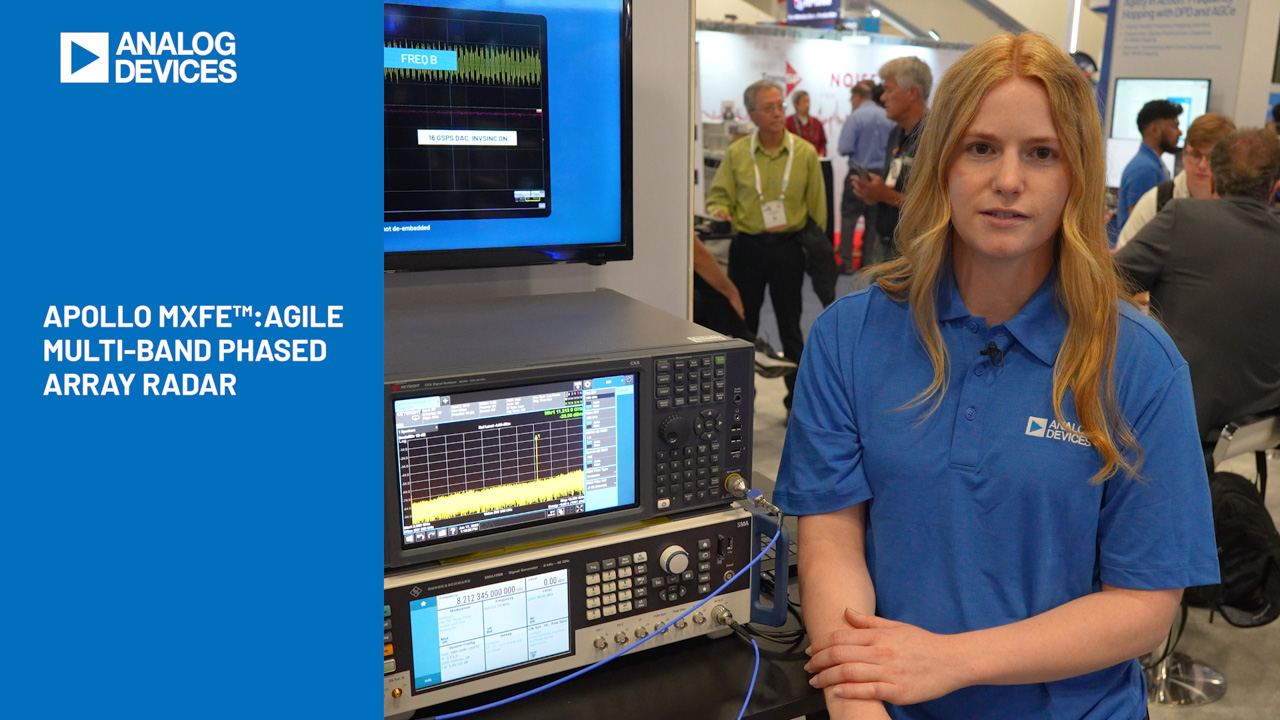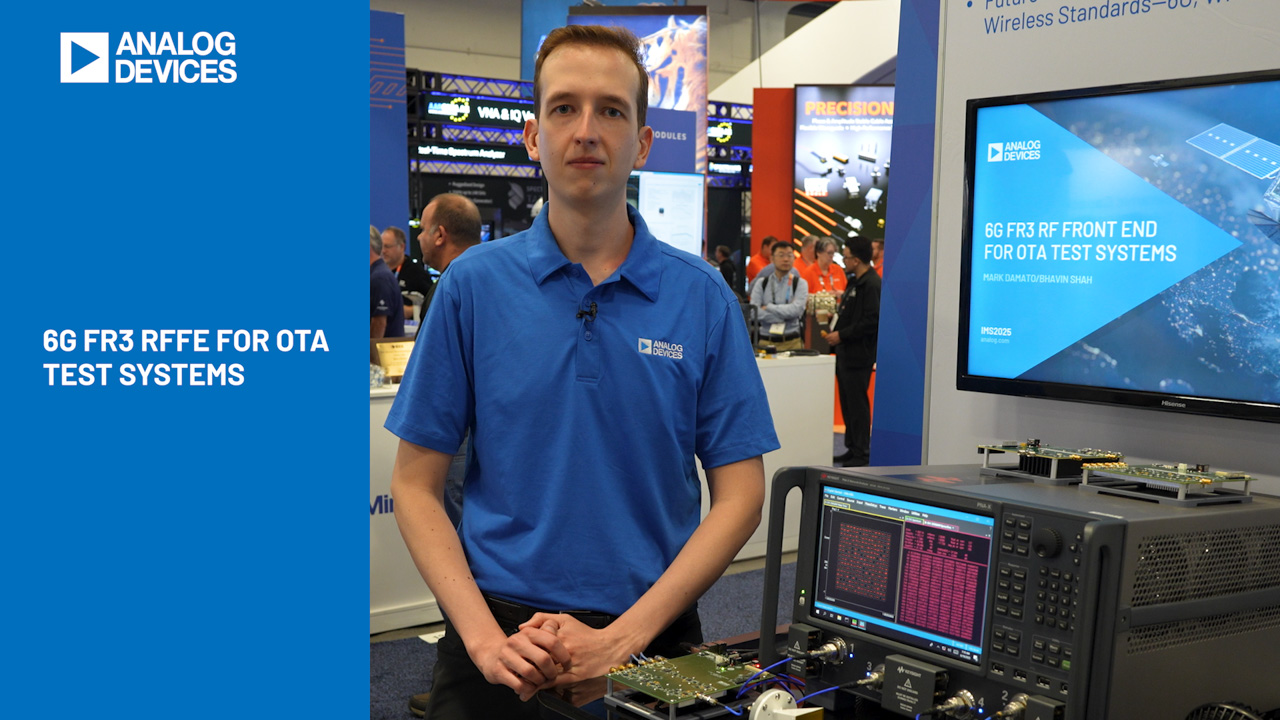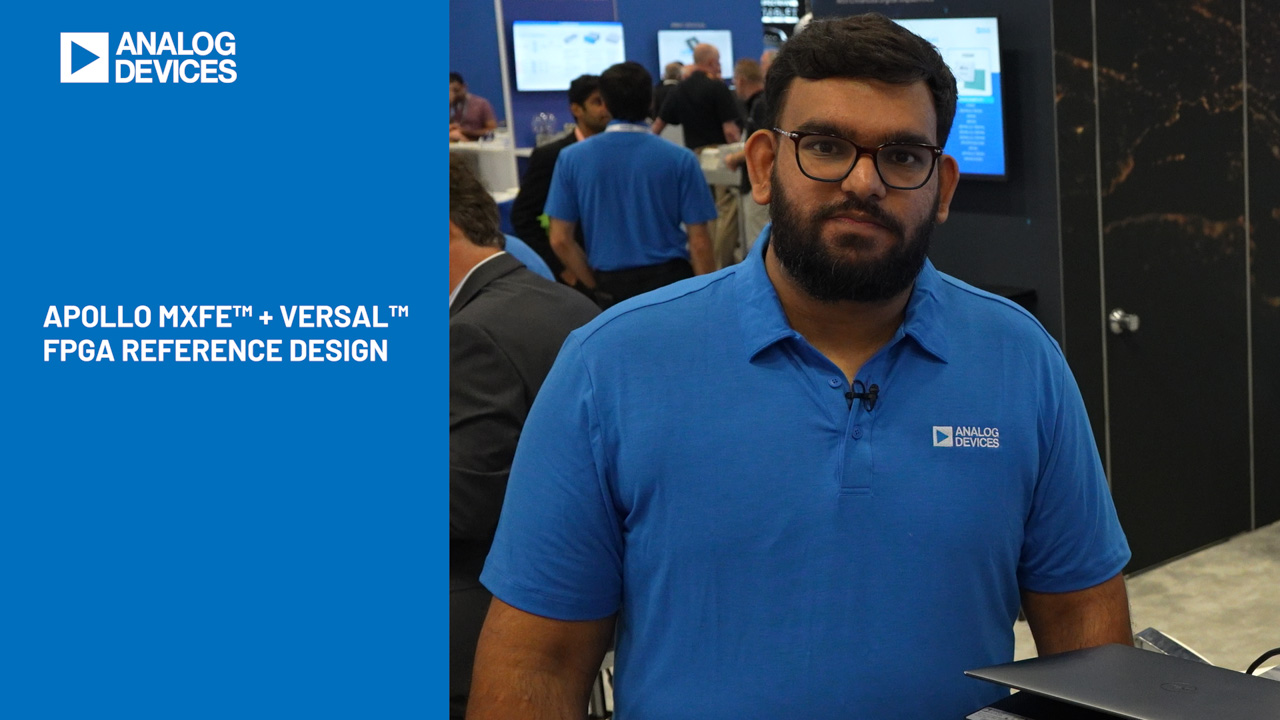LTC1546 Multiprotocol Chip Simplifies NET1-, NET2- and TBR2-Compliant Serial Interfaces
LTC1546 Multiprotocol Chip Simplifies NET1-, NET2- and TBR2-Compliant Serial Interfaces
by
Dan Eddleman
Feb 1 2000
The LTC1546 multiprotocol transceiver simplifies network interface design and frees up valuable PC board real estate. Operating from a single 5V supply, the LTC1546 and LTC1544 form a complete, software-selectable DTE or DCE interface port that supports the V.28 (RS232), V.35, V.36, X.21, RS449, EIA530 and EIA530-A protocols, including all of the necessary cable termination. With these two chips, the physical layer of a NET1-, NET2- and TBR2-compliant interface can be implemented in less than 3cm2.
In a typical application (see Figure 1), the 3-driver/3-receiver LTC1546 multiprotocol serial transceiver/cable terminator handles the clock and data signals, and the 4-driver/4-receiver LTC1544 multiprotocol transceiver handles the control signals. The mode pins, M0, M1 and M2, select the active protocol and termination (see Table 1) and the DCE/DTE pin selects DTE or DCE mode. PC board layout consists of routing the pins of an LTC1546 and an LTC1544 to the connector and placing bypass and charge pump capacitors (see Figure 1). The LTC1546/LTC1544 chipset is appropriate for most multiprotocol applications. Systems that additionally require LL (local loop-back), RL (remote loop-back), TM (test mode) or RI (ring indicate) signals should use the 5-driver/5-receiver LTC1545 multiprotocol transceiver in place of the LTC1544.

Figure 1. LTC1544/LTC1546 software-selectable multiprotocol DCE/DTE port.
| LTC1546/LTC1545 Mode Name | M2 | M1 | M0 |
| Not Used | 0 | 0 | 0 |
| EIA-530A | 0 | 0 | 1 |
| EIA-530 | 0 | 1 | 0 |
| X.21 | 0 | 1 | 1 |
| V.35 | 1 | 0 | 0 |
| RS449/V.36 | 1 | 0 | 1 |
| RS232/V.28 | 1 | 1 | 0 |
| No Cable | 1 | 1 | 1 |
The LTC1546 is pin compatible with the popular LTC1543 multiprotocol transceiver and has the added feature of on-chip cable termination. Most previous applications used an LTC1543 for the clock and data transceivers and an LTC1344A for the necessary cable termination. With the introduction of the LTC1546, the LTC1344A is no longer required. In fact, in most existing designs, the LTC1543 can be replaced by an LTC1546, and the LTC1344A can be removed without any changes to the PC board. In new designs, the LTC1546 will simplify PC board layout and reduce the required footprint compared to the LTC1543/LTC1544 solution.
The LTC1546/LTC1544 chipset has been tested by TUV Telecom Services, Inc. and has been found to be compliant with the NET1, NET2 and TBR2 requirements. Test reports are available from LTC or TUV upon request (NET1 and NET2 report NET2/091301/99; TBR2 report CTR2/091301/99).
About the Authors
Dan Eddleman is an analog engineer with over 15 years of experience at Linear Technology as an IC designer, the Singapore IC Design Center Manager, and an applications engineer.
He began his career at Linear T...
He began his career at Linear T...

